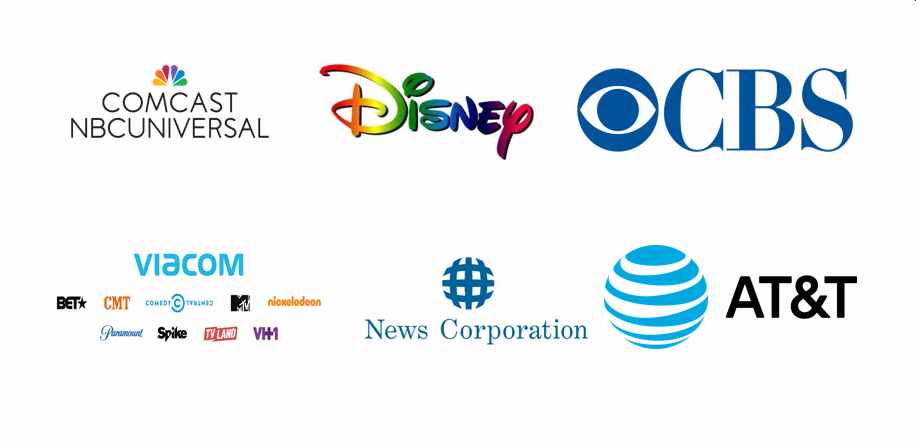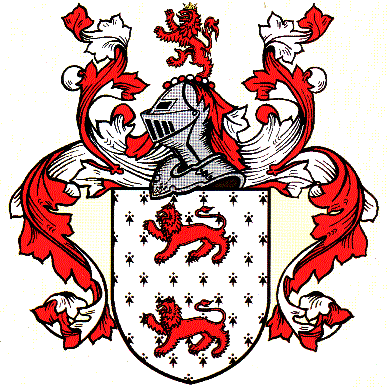How Is It that Nearly EVERY “Media Outlet” Screams the Same Stories, Spun the Same Way?
It Can’t Be For Ratings
You certainly know the name Kyle Rittenhouse. But odds are you don’t know the name Andrew ‘A.J.’ Coffee IV. And you’ve likely never heard of Darrell Brooks.
It’s really not that complicated. But it DOES require thinking, and there lies the problem.
The ability to think is in critically short supply in this country. (Maybe this is why and how the phrase “critical thinking skills” was born.) My generation (euphemistically referred to as “boomers”) is largely responsible at this point for the collapse of critical thinking skills (though some of us actually passed on the ability to our progeny (“Generation X”).
We’re responsible, in some cases, because we believed our parents, a combination of the turn-of-the-century/WWI/Roaring 20’s/Great Depression generations that fought in WWII, who told us what had happened in Europe “can never happen here”.
In other cases, it’s because it was already happening here, and neither we – nor “the Greatest Generation” – were paying enough attention. They hadn’t paid attention to the private takeover of a monetary system that had worked successfully for the vast majority of Americans (born or naturalized) for nearly 80 years. They didn’t pay attention to the “coincidence” that that private monetary system crashed less than 20 years later, and threw the majority of Americans into more than a decade of poverty. There were warnings, but they didn’t pay attention.
But that’s a story (these days, known as a “narrative”) that requires a framework. We’ll start with “now”, and fill in the story (“narrative”) with flashbacks.
First, a quick scroll of https://techstartups.com/2020/09/18/6-corporations-control-90-media-america-illusion-choice-objectivity-2020/ shows you that “the media” is owned and operated by just six (yes, 6) corporations (feel free to do a subject matter search, but spread your search across several sources; you won’t find them on Sundar’s search engine)1.
Second (and this will require considerably more effort), you’ll see that “the media” is much, MUCH more than “electronic news media (television, radio, internet, etc,)”. It’s everything. In every medium. Television. Movies. Music. Publishing (more than “news” papers, “news” magazines, this includes fiction and nonfiction books, textbooks, and every other published medium.

Every story you see – on television, in the movies, in books – every story you hear – on the radio, mp3s, and older “media” (CDs, vinyl, etc.) – everything you’ve learned your entire life, traces back to those six (yes, 6) corporations. You see – and hear – and read – only what those six (yes, 6) corporations want you to hear.[2]
Here’s where “flashbacks” will help you understand how they’ve been able to craft a “narrative”; a “story” designed to elicit emotions, primarily anger, fear, etc., to supplant thinking; to bypass analytical processes. To “train” you.
The slow, steady – dare I say “progressive” – slide began in earnest in the earliest decades of the 20th Century. John D. Rockefeller, John Pierpont (J.P.) Morgan, and Andrew Carnegie had amassed huge fortunes, and, using tax-exempt non-profit organizations, were able to avoid taxes (a tactic used later by Henry Ford and Andrew Mellon, and since by philanthropic legends like Solomon Guggenheim and Bill Gates, who are otherwise not referenced in this post).
Their goal was not only to shelter wealth; they wanted to influence federal, state and local politicians and make it possible to develop…
“Scientific-Social Engineering”
Using social propaganda and public relations campaigns, created by people such as Walter Lippmann and Edward Bernays (Some of you already knew about this (but many don’t), they were able to “sell” the idea that their “newly untaxable” fortunes would be used only “for the good of all”. Author Stewart Ewen observed, in his 1996 book, PR! A Social History of Spin, PR! A Social History of Spin:
“Novel strategies of social management and the conviction that a technical elite might be able to engineer social order were becoming attractive…Accompanying a democratic current of social analysis that sought to educate the public at large, another – more cabalistic – tradition of social-scientific thought was emerging, one that saw the study of society as a tool by which a technocratic elite could help serve the interests of vested power.”
NOTABLY, Lippmann (with co-author Charles Merz) wrote in 1920 about New York Times’ failure to give adequate coverage to the Bolshevik revolution (funded by Wall Street – “Sutton, Wall Street and the Bolshevik Revolution” – 1975), and Bernays – one of the “Godfathers” of public relations, wrote “Propaganda” in 1928.
But long before that, the first mission statement of the J.D. Rockefeller-endowed General Education Board (1905) stated, in 1906:
“In our dreams, people yield themselves with perfect docility to our molding hands. The present education conventions of intellectual and character education fade from their minds and unhampered by tradition we work our own good will upon a grateful and responsive folk. We shall not try to make these people or any of their children into men of learning or philosophers, or men of science. We have not to raise up from them authors, educators, poets or men of letters, great artists, painters, musicians, nor lawyers, doctors, statesmen, politicians, creatures of whom we have ample supply. The task is simple. We will organize children and teach them in a perfect way the things their fathers and mothers are doing in an imperfect way.”
Indeed, within a decade, J.D.’s son John D. Rockefeller, Jr., “testified… on June 25, 1915…” on the question whether large foundations constituted a possible menace to education, since foundations of which he was a board member “considered continued help in developing the middle school system as desirable…”. See: Foundations – Their Power and Influence, by Rene A Wormser.
Enough for now. Your brain needs a rest.
